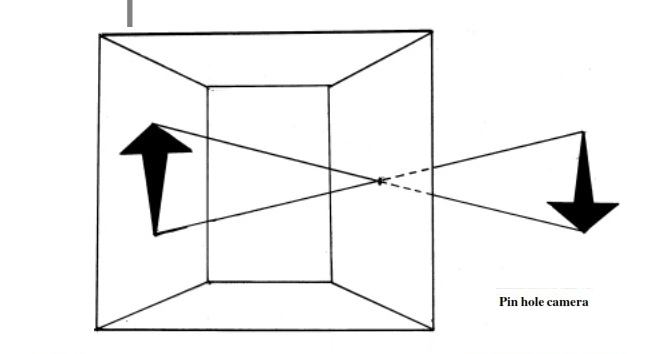NOTES
Photography.
-
Photography Basic Notes. Download PDF File.
-
Photography Intro. Notes. Download PDF File.
-
Photography megapixels Notes. Download PDF File.
INTRODUCTION.
OBJECTIVES
SIGNIFICANCE OF PHOTOGRAPHY
EVOLUTION AND HISTORY OF PHOTOGRAPHY
We all love seeing photographs especially if they are of our friends and family. Wouldn’t you love your photograph to be taken? We have always desired to see a copy of ourselves on paper. Do you realise that this was not possible for a long time and it was left to the artists to draw our images and even then the pictures were never exactly the same. This was also a very tiring and time consuming process and not every one could afford it. Only kings and other important people got their pictures made by artists. Just imagine what excitement photography must have caused when it was discovered. People could now see an exact copy of a scene or of a person in front of them.

From such times to now photography has come a long way. It is both a recreation as well as a profession. We are used to seeing photos being taken all around us.
After studying this lesson, you will be able to do the following.
• discuss the scope and significance of photography;
• explain the evolution and history of photography ;
• define the term photography;
• differentiate between film and digital photography.
You always see photographs around you. Behind the bus, on the sign boards, on the walls, in newspapers and magazines. Photos in newspapers and magazines inform us about an event or an incident. Remember the tsunami? You must have seen its pictures on newspapers as well as on television. It was these pictures that gave us information about such a big disaster.
These days pictures are as important to news as the written or printed word. In fact in a country like ours where still many people cannot read or write, photos have a greater use and a greater impact. Photographs are seen along with the written news in magazines and newspapers and they add to the impact of the news and convince us about the truth of the event we are reading about.
Have you ever wondered how these photos are taken? You will learn about it in this lesson.
We all know that right from pre-historic times when man began communicating, he started drawing images. This idea of pictures grew from refined drawing and to paintings . In the first half of the nineteenth century, the technology of photography was invented. We could at last make pictures that were exact copies of a scene or a person. The camera along with the film made photography a reality. Human beings have known for a long time of a device which has shown an outside image on a wall or a screen but the moment the light was gone, the image has disappeared. Such a device is called a pin-hole camera or the camera obscura.
Have you tried projecting an image with the help of a pin hole camera? This is how you can do it. Take a long box and make a hole at one end of the box. On the other side paste a white tracing paper. Now if you point this box out towards a scene, its inverted image would fall on the tracing paper. This pin-hole camera was invented by the Greeks in ancient times and people through ages have used it. What really made photography possible was the discovery of chemicals that could record the effect of light and make the picture permanent, so that it may not fade away with time.

As you have already studied, modern photography was invented by two Frenchmen Joseph Niepce and Louis Daguerre. It was in 1827 that Niepce took what we know of as the first photograph. Do you know that the film had to be exposed to the scene for seven hours to make this one picture, whereas today we can do the same with the click of a button! Niepce’s partner Louis Daguerre made further improvements to the technology of taking photos and since 1839 photography became available to everyone who wanted to try it.
It must be mentioned here that for the first fifty years photography was nowhere as easy as we think of it today. The cameras were huge and had to be kept on a stand to be operated. Your great grandparents would have had to go to a studio where they would have had to sit still in front of the camera to have a photograph made. It was much later in the 1900s that easy to use light cameras were made which could be carried anywhere with ease and used without the support of a stand.








